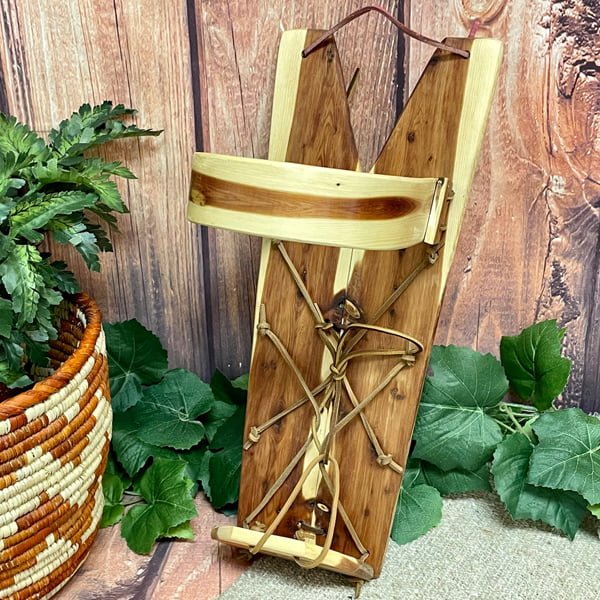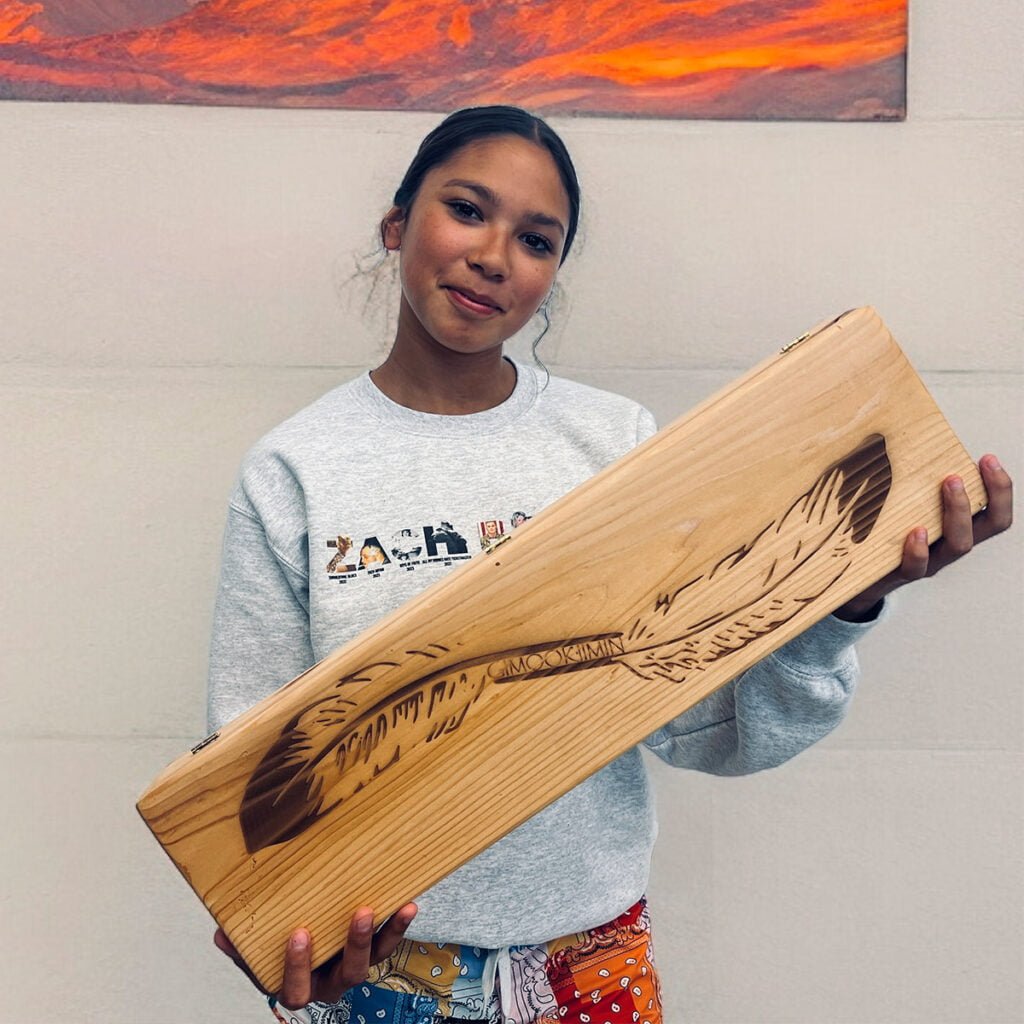For centuries, cedar has been a cornerstone of Native American culture, revered not only for its strength and durability but also for its spiritual significance.
This majestic tree served as more than just a material resource; it was integral to the daily lives, ceremonies, and survival of many Native American tribes.
In this blog, we explore the myriad uses of cedar in Native American culture, underscoring the “History of Cedar” and its enduring legacy as a versatile and sacred resource.

Cedar’s Role in Daily Life
Shelter and Transportation
Cedar was crucial in the construction of tools, homes, and canoes, showcasing its versatility and strength.
- Homes: Tribes such as the Haida and the Nisga’a used cedar planks to build longhouses, which provided shelter for families and served as community gathering spaces.
- Canoes: The wood’s buoyancy and resistance to rot made it ideal for crafting canoes, essential for travel and fishing across the coastal regions.
Clothing and Accessories
Cedar bark was a valuable resource for making clothing and other woven goods.
- Garments: Softened cedar bark was woven into mats, hats, and capes, offering protection from the rain-soaked climates of the Pacific Northwest.
- Basketry: Cedar roots provided material for intricately woven baskets, which were used for storage, cooking, and ceremonial purposes.

Spiritual and Medicinal Uses
Cedar’s significance extended beyond its practical applications to encompass spiritual and healing roles within tribal communities.
Ceremonial Importance
Cedar was often used in purification rituals, commonly known as smudging, to cleanse a space or person of negative energy.
- Smudging: Cedar leaves and branches were burned during ceremonies to create a cleansing smoke that was believed to carry prayers and heal the spirit.
- Totems and Masks: Carved cedar poles and masks were used in spiritual ceremonies, often telling stories or invoking the protection of ancestral spirits.
Medicinal Properties
The healing properties of cedar were well-known among Native American healers, who used it to treat a variety of ailments.
- Tea: Brewed from the leaves and bark, cedar tea was used to treat fevers, rheumatism, and respiratory issues.
- Antiseptic Uses: The oil and resin from cedar were applied to wounds and infections due to their antiseptic qualities.

Cedar Today: Preserving Cultural Heritage
The legacy of cedar continues in modern tribes. Cultural historians work to preserve and revive the traditional practices involving cedar.
Explore modern projects aimed at preserving cedar-based traditions in Native American cultures.

Expert Insights and Further Reading
Here are some cultural significance of cedar in Native American life, scholarly articles and cultural studies provide extensive information.
Access comprehensive studies on the role of cedar in Native American culture.
Conclusion
From building canoes that navigated the mighty rivers to weaving baskets that held the harvest. Cedar has shaped the cultural fabric of Native American societies in profound ways. Its story is a testament to the ingenuity and resilience of these communities. It serves as a reminder of the deep bonds between nature and human culture.

Customize Your Tribe!
Ceremonial Cedar Boxes Are Available at Cedar Sense
 Barrel Saunas
Barrel Saunas

